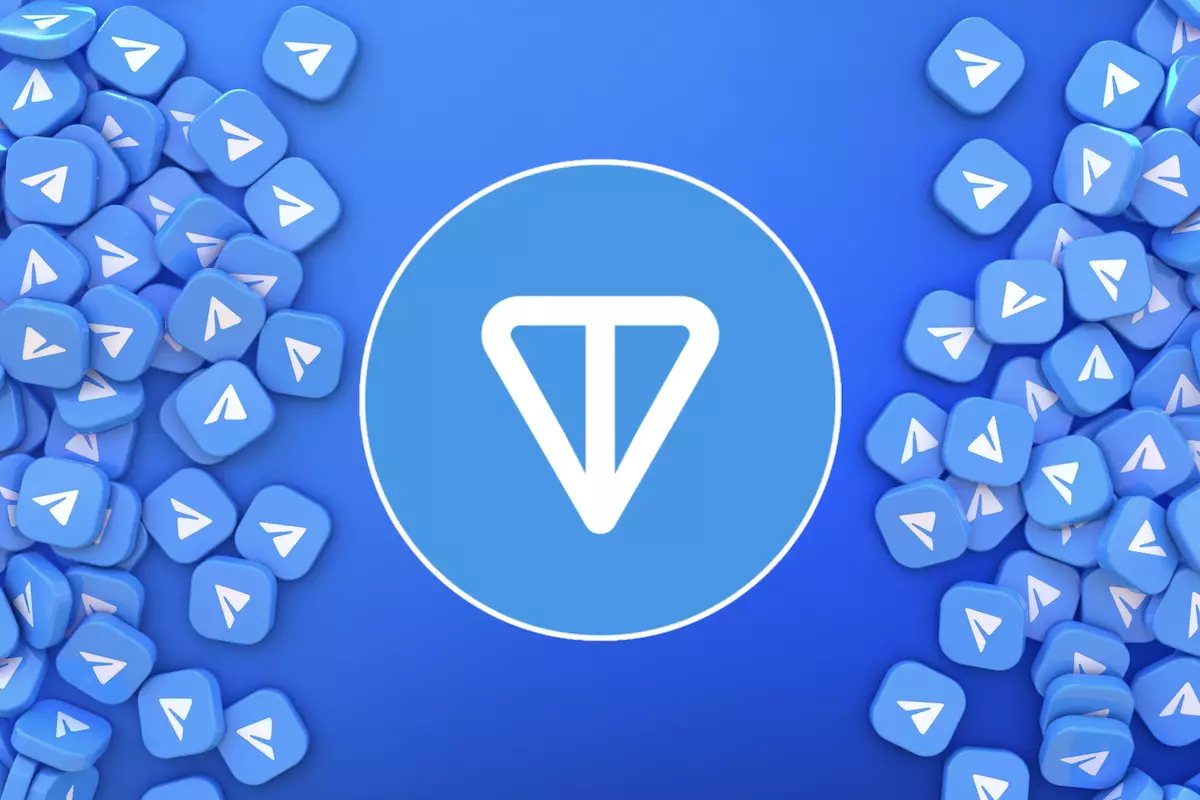When most people think of blockchain technology, their minds may go to intricate code or complex financial jargon surrounding cryptocurrencies. Yet, what if it was possible to harness the power of blockchain technology directly through a widely-used messaging platform? That is exactly what has been set in motion through the partnership between The Open Network (TON) and Telegram. With over 950 million active users each month, Telegram serves as a significant player in the messaging landscape, while TON specializes in high-speed transactions and scalable blockchain solutions. The union of these two platforms promises to demystify blockchain and make it accessible to mainstream users who may feel overwhelmed by traditional blockchain tools.
One of the compelling outcomes of this partnership is the introduction of TON Connect. This feature simplifies the process of engaging with blockchain applications, meaning users can enjoy the benefits without grappling with the complexities usually associated with on-chain transactions, such as wallet management and password phrases. TON Connect functions as a bridge between a user’s Telegram account and a TON-compatible wallet, allowing users to initiate transfers as seamlessly as sending a text message.
Additionally, Telegram’s rollout of Mini Apps—lightweight applications that function directly within the chat interface—revolutionizes how users engage with technology. From booking events to playing games without leaving the chat, the Mini Apps facilitate a range of activities in a user-friendly manner. Making TON Connect a mandatory component for any Mini App requiring Toncoin or blockchain interaction levels the playing field, creating a streamlined experience for users while solidifying the role of TON as the exclusive blockchain for Telegram.
Toncoin and Its Impact on Digital Economy
As Telegram embraces TON, Toncoin emerges as the sole digital currency for non-fiat transactions within the app. This development presents numerous possibilities for users, particularly as they navigate a marketplace exclusively powered by Toncoin. Whether purchasing advertisements or accessing premium features, this integration urges users to explore the benefits and functionalities of this cryptocurrency in a familiar environment.
A fascinating aspect of this partnership is the concept of tokenization, which simplifies the ownership and trade of digital assets. For example, imagine being able to purchase unique emojis or stickers as collectibles verified via blockchain technology. Telegram plans to introduce this functionality, allowing users complete ownership of their digital items through Toncoin transactions. By tokenizing digital belongings, Telegram is set to redefine how we perceive and share digital assets, paving the way for a new realm of trading and collection within its platform.
While the integration of TON and Telegram heralds exciting new opportunities, it also faces criticism from various segments of the blockchain community. One primary concern focuses on the potential regression from the core principles of Web3, which is characterized by openness and interoperability between different blockchains. Critics argue that by exclusively endorsing TON, Telegram may inadvertently undermine the diversity and flexibility that Web3 aims to champion.
Moreover, skepticism exists regarding TON’s ability to manage the extensive user base of Telegram effectively. With hundreds of millions of users potentially flocking to TON for transactions, questions arise about whether its current infrastructure can withstand this influx. Comparisons to more established networks, like Solana, reveal concerns about liquidity and transaction capabilities, with fears that TON may falter under high demand.
The Future of Communication and Blockchain Integration
As the partnership between Telegram and TON matures, it has the potential to redefine how we view blockchain technology in everyday applications. A successful integration would not only confirm the viability of using blockchain in user-centric applications but could also propel the development of more optimized network services to accommodate the growing number of users.
However, as Telegram embarks on this journey, the challenge will be in balancing ease of use and performance without sacrificing the foundational tenets of Web3, including decentralization and open access. Should Telegram successfully navigate these complexities, it may inspire other platforms to enter into similar exclusive blockchain partnerships, potentially igniting a wave of innovation across the tech industry.
Ultimately, the evolution of the TON and Telegram collaboration will not merely echo the latest tech trends but may also set a precedent for future integrations of blockchain technology into digital communication platforms. Observing how this endeavor unfolds promises to be an intriguing chapter in both the worlds of messaging and blockchain technology.














Leave a Reply